Unanimity Breaks Out Over Growth Compromise
Mayor Invokes St. Barbara's Name During Historic Vote
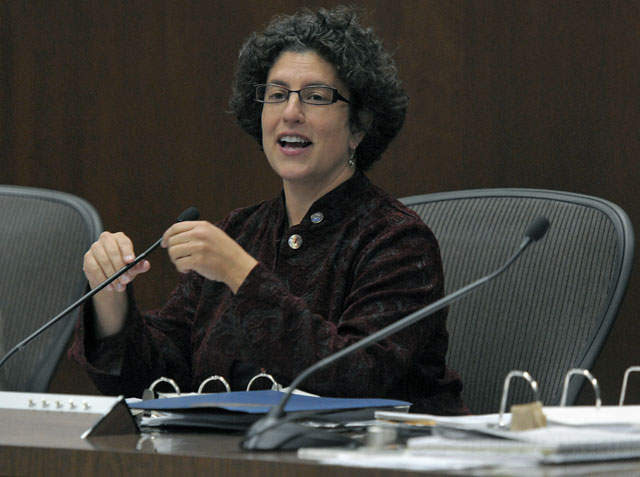
To their own considerable surprise and relief, members of the Santa Barbara City Council voted unanimously in favor of a major planning document that will guide future growth and development within city limits during the next 20 years, despite seemingly intractable differences over housing densities and affordability that have taken nearly six years, millions of dollars, and more than 40 meetings to sort of resolve. The vote on the compromise plan came during a special council meeting held last Thursday, and the historic nature of the occasion was lost on no one. Before Mayor Helene Schneider bestowed her blessing on the deal — “This is a good thing,” she proclaimed — she invoked the spirit of Saint Barbara herself, whose feast day was observed this past Sunday. “She was known to protect us from imminent doom,” the mayor said of the city’s sanctified namesake. Doom, in this case, would have entailed further gridlock and interminable debate.
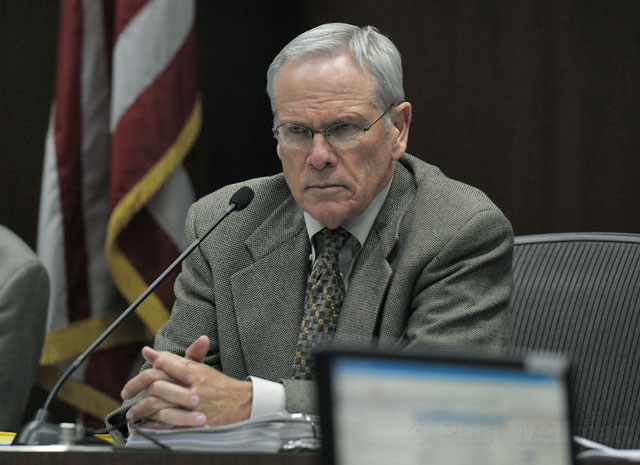
To all involved, the debate certainly seemed interminable. Councilmember Bendy White suggested the warring factions over growth and development began flexing their muscles and drawing lines in the sand back in “the Pleistocene” era. And certainly, the process by which compromise was eventually exacted proved both exhaustive and exhausting. Longtime council observer and commentator Lee Moldaver noted that the Civil War and Revolutionary War both were fought in less time than it took to craft the new blueprint for new growth. Councilmember Randy Rowse, responding to comments likening the General Plan to a city’s constitution, noted that the American Constitution was written in less time than the new General Plan.
On one side of the debate were the so-called smart-growthers, who, among other things, argued that housing densities should be increased and parking requirements decreased to make it more economically possible for developers to build housing that’s genuinely affordable to Santa Barbara’s ever-endangered middle class. Among their ranks were Councilmembers Grant House, Bendy White, and Mayor Schneider, the council’s more liberal bloc. Among their supporters were affordable-housing advocates like Mickey Flacks, architects, and developers. On the other side were those worried that increased densities meant increased congestion, increased crime, and a loss of Santa Barbara’s historic character. Among their ranks were Councilmembers Dale Francisco, Michael Self, Frank Hotchkiss, and Randy Rowse, the council conservatives. Backing them were old-school no-growthers like former Mayor Sheila Lodge, now a planning commissioner.
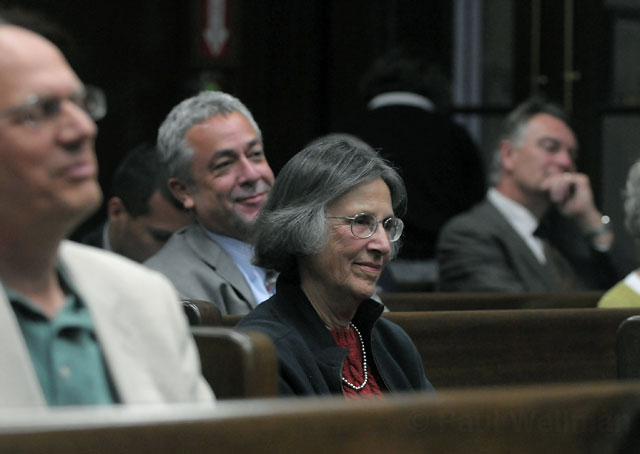
To change the General Plan requires a five-voter supermajority, meaning that compromise was necessary. Despite a plan that was embraced by activists on both sides of the issue last year, there’s been a conspicuous dearth of wiggle room at the council level. That changed in recent months, however, when Councilmember Francisco — then running for reelection — floated the idea of allowing an increased density program on an experimental basis. While players on both sides expressed serious reservations, the council ultimately adopted a variant of Francisco’s proposal after councilmembers tweaked it to include key details necessary for buy-in from council liberals. Francisco himself was more weary than ebullient in his assessment of the council package. “After six years, I think we have arrived at something that is about as good as it’s going to get,” he said.
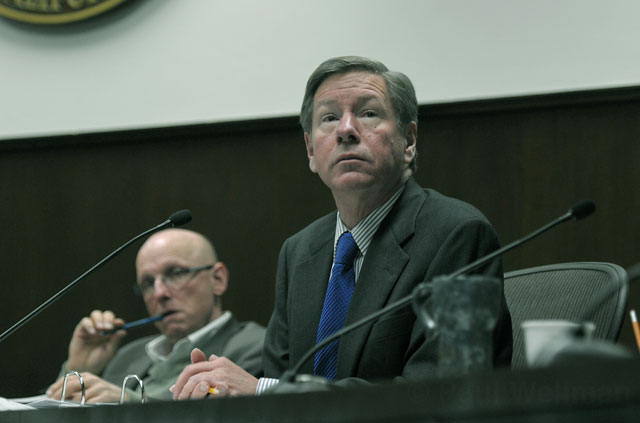
While there’s plenty in the new plan for both sides to sniff at, there’s also plenty to feel good about. For the conservative slow-growth bloc, the new plan effectively imposes a new de facto height restriction on new development, reducing the maximum building heights from 60 feet to 45. The new rules allow developers to build up to 60 feet, but only after persuading five members of the council that the social benefits far outweigh the aesthetic impact. Likewise, the plan creates new buffer zones protecting historic downtown buildings from the intrusions of new development. In addition, the plan restricts the maximum amount of new commercial development that can be allowed during the next 20 years. Under the new plan, a maximum of 1.35 million new square feet can be permitted. Under the General Plan that’s governed the past 20 years, the maximum was 3 million square feet. For the vast majority of city neighborhoods, the existing rules and regulations governing density will still prevail. To the extent any concessions on density were made, they were notably limited.
For the smart-growthers, the plan rewards developers seeking to build new rental housing, co-ops, employee housing, or below-market, for-sale housing with significantly higher densities. It also relaxes the parking requirements for some potential new development, dropping the required number from two spaces per unit to just one. (That rule already exists downtown.) Developers and architects have argued the reduced new parking requirements will make it easier for them to build housing that’s affordable to middle-class buyers. Under the new General Plan, the City of Santa Barbara will serve as an experimental lab test for smart-growth housing theories. The new high-density option will be in effect for eight years or 250 units, whichever comes first. At that point, the council will evaluate the results. Given current economic conditions and historic development trends, neither side expects developers will hit the 250 limit within eight years.
Also of great importance to the smart-growth contingent are the building-rule changes in the new plan to discourage the development of politically polarizing large-scale luxury condos. Instead, the new rules give developers incentives to build more smaller units than fewer bigger ones. Under the existing rules, developers are allowed a certain number of bedrooms no matter what the size. As a result, the city has witnessed a proliferation of high-end condos sporting exceptionally large bedrooms. Under the new rules, the old bedroom count will be suspended and proposed developments will be allowed a finite amount of space. Developers willing to build smaller units — dubbed “affordable by design” — will be granted certain considerations.
Many community activists attending the meeting highlighted what they saw as the new plan’s shortcoming: existing neighborhoods are not adequately defined, the interests of pedestrians and bicyclists are not called out explicitly enough, and small cabinetmaking shops and other commercial-manufacturing operations have not been sufficiently protected from residential conversions. Others took pains to highlight the need for further action, like finding new revenues to pay for arts programming when the Redevelopment Agency expires in two years. But strikingly, not one person spoke out against the new plan. Even longtime antagonists Lodge and Flacks — the former thought it went too far and the other not nearly far enough — voiced their support for the deal, however grudgingly. “That, I think, really says it,” declared Councilmember White.
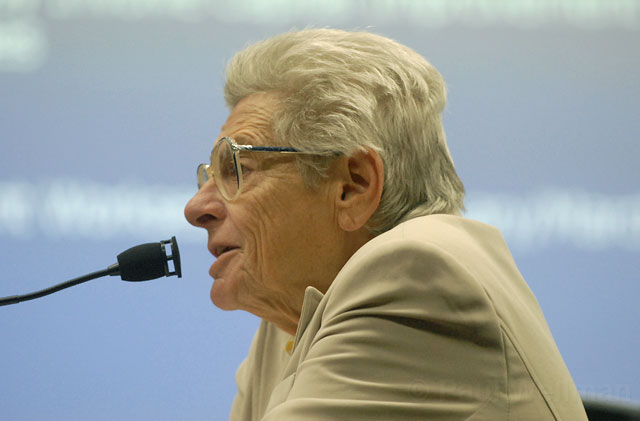
One reason for the unanimous vote may be sheer exhaustion. But councilmembers have grown keenly aware of growing public frustration with government gridlock and partisanship. Besides, the new General Plan is a very general plan for where and what kind of growth should take place during the next 20 years. The language of the document is brimming over with policy objectives that “may” be pursued, as opposed to what “shall” or “must” be done. The real work, as everyone recognizes, has yet to be done with the drafting and passage of implementing legislation. In those details, Flacks noted, “is where the devil resides.”



